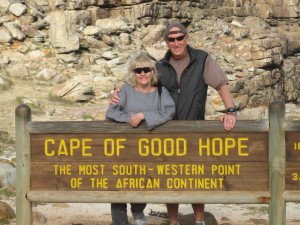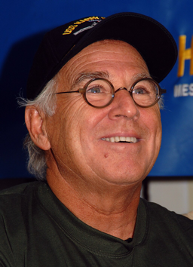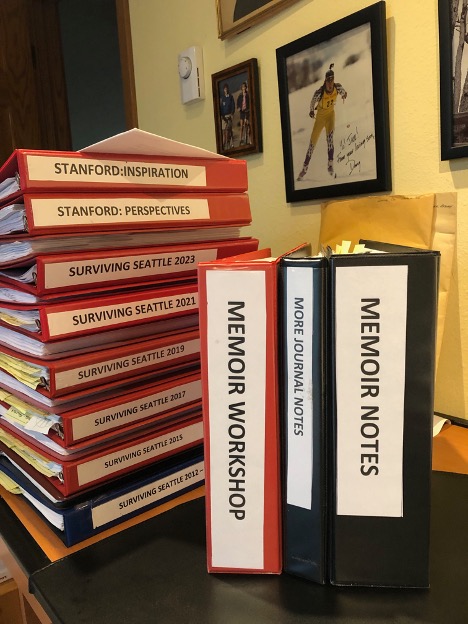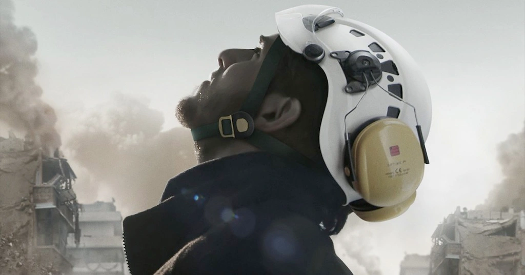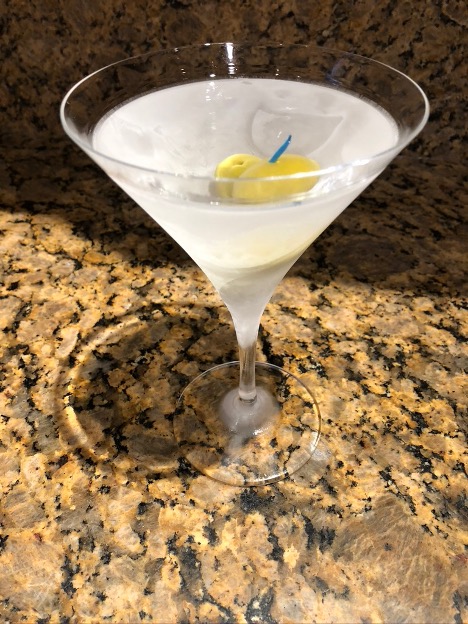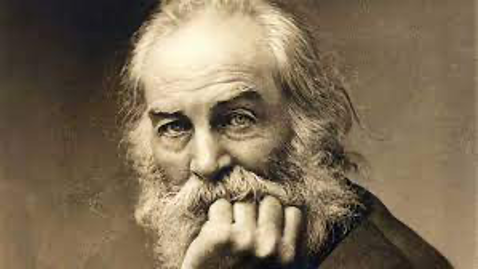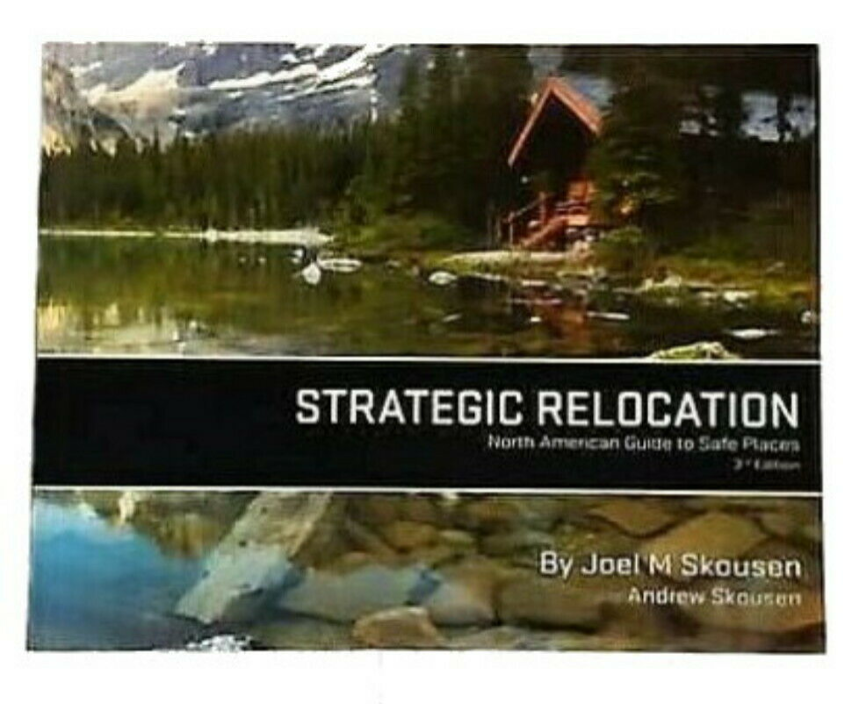It’s definitely Surviving Seattle mode these days. Torrential rains. Thick wet slippery leaves. Polar Vortex, 29°F and bright sunshine through the ice cube. Time to shift to the indoor stuff for survival strategies. Film, music, art, and theater are the obvious choices.
Last weekend we took in a local production of Hamlet with a woman, Mary Ewald, in the title role. In the past month we have watched the 4 hour Kenneth Branagh version and the shorter Olivier, but I wasn’t aware that so many women, including Sarah Bernhardt had played the role over the years.
Mary Ewald, it turns out, is a bit of a local treasure. She and her director husband, John Kazanjian moved to Seattle in 1982 and while she worked as a member of the resident acting company at Intiman Theater, the two of them founded New City Theater in a couple of old storefronts on Capitol Hill. New City is an experimental theater that specializes in adventurous plays and performance pieces that push the boundaries of staged theater.
It takes a little adjustment to take in your first play at New City. The theater, as I said, is situated in two adjacent storefronts on the corner of a residential street near in the Central District of Seattle. The adjustment comes when you enter and realize that seating, around the performance area, consists of about 40 folding chairs – and that’s it. It’s an intimate space. M and I saw Mary in a one-woman performance of Tony Kushner’s play Homebody about a woman fantasizing about Afghanistan based on an old travel book she’s picked up. Both Hamlet and Homebody were sold out and both were singular performances by Mary.
Friday night was butt busting (2 hours 10 minutes to the intermission and 1 hour after it). So, Saturday night we stayed home with Ben and Lucie, turned on the fireplace, and made lasagna. Here’s Lucie rolling out the dough on the Atlas.
I made the Bolognese sauce, M made the Bechamel, we all made the pasta sheets, and Ben and Jerry made the dessert. Here’s Benny helping crank out the sheets.
Lasagne takes a while to build and bake, but we had fun doing it.
When you make it with fresh pasta there is no need to cook the sheets before baking. They cook along with the lasagna. Put the extra sheets on top to keep the layers below soft and protected, then peel them off and throw them away when the dish is finished.
Voila!!






















